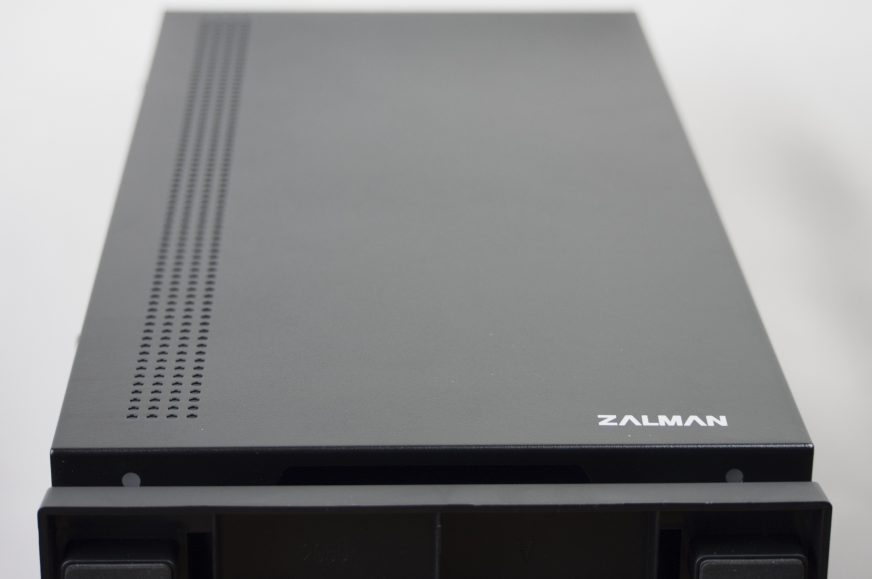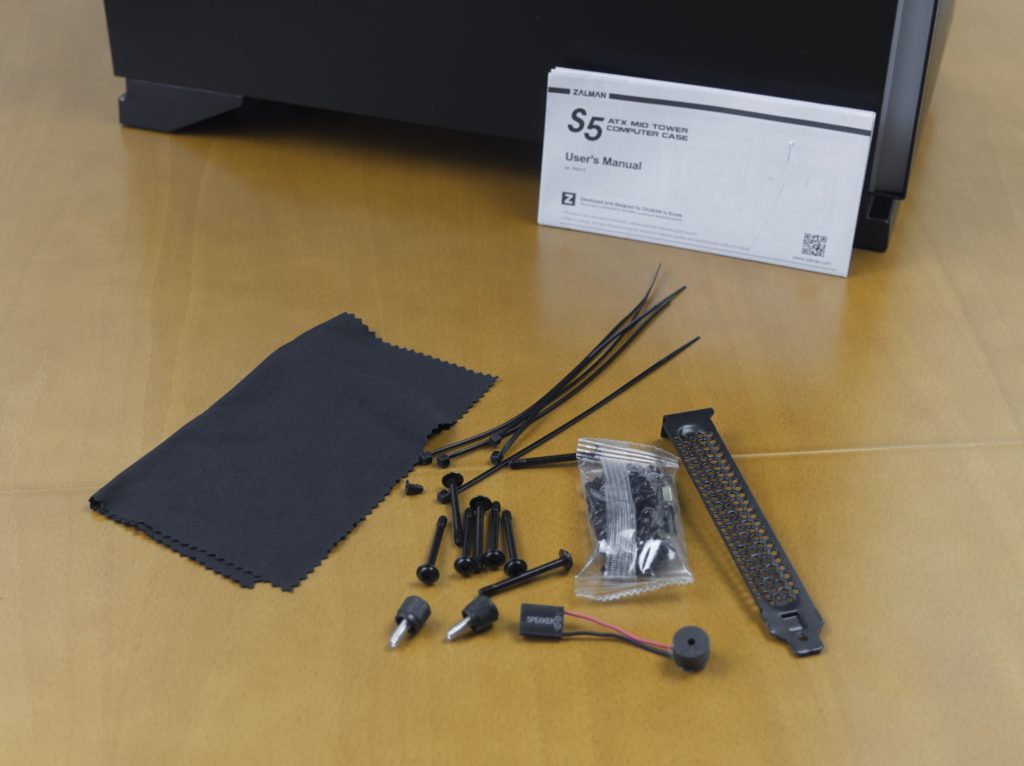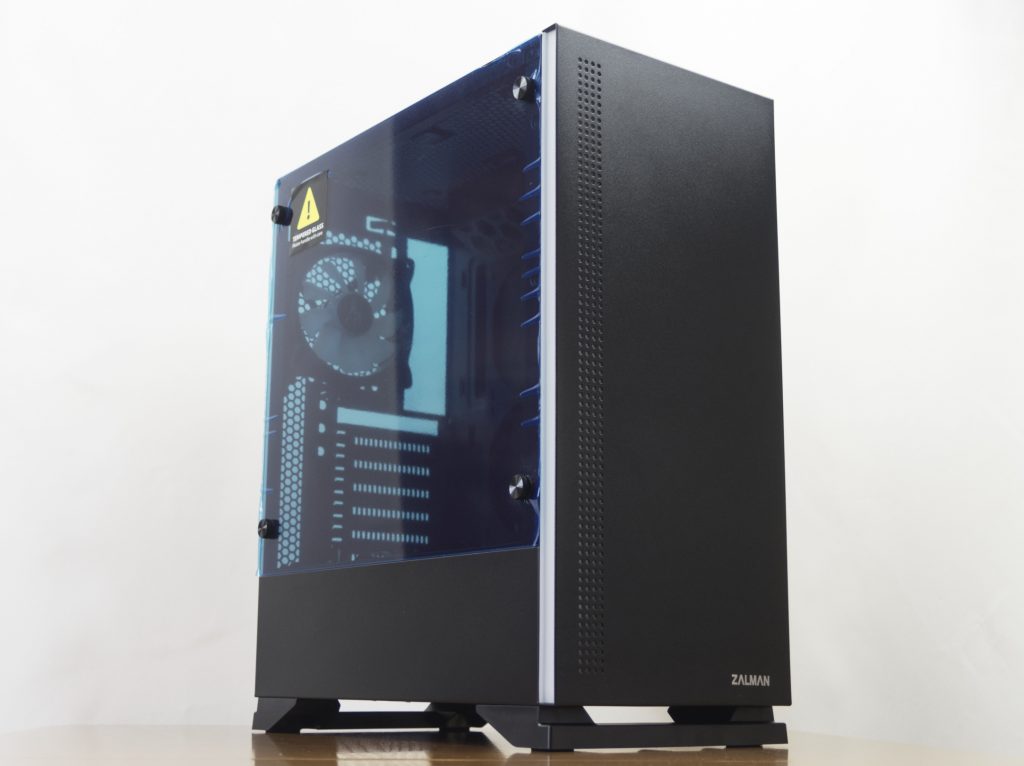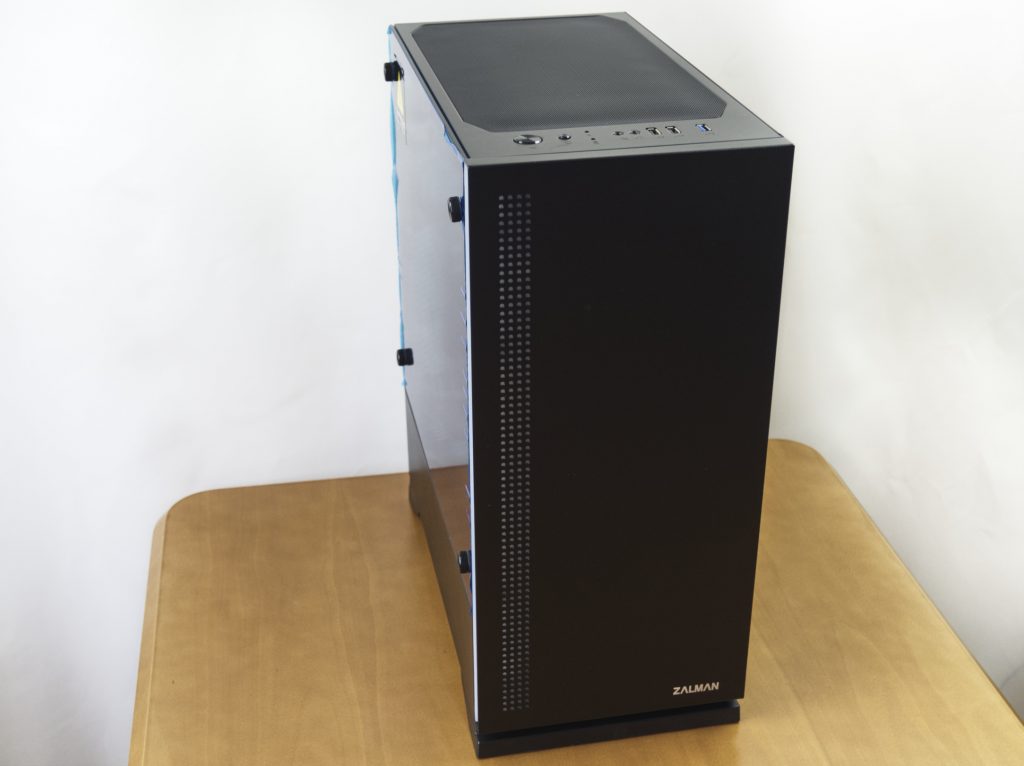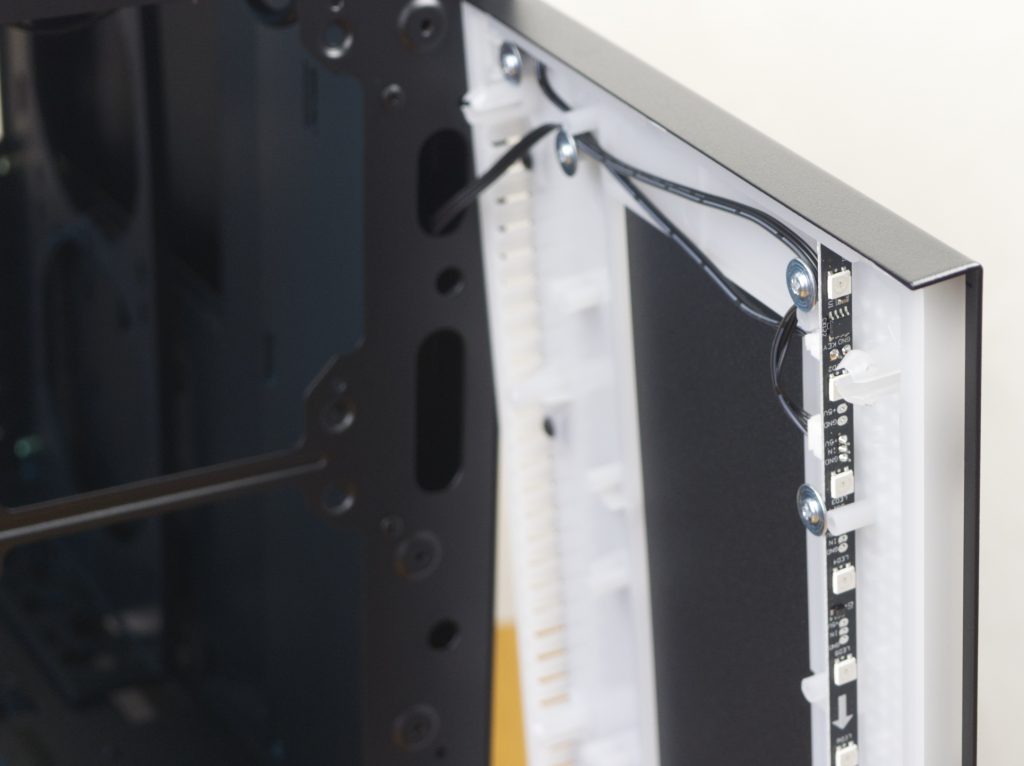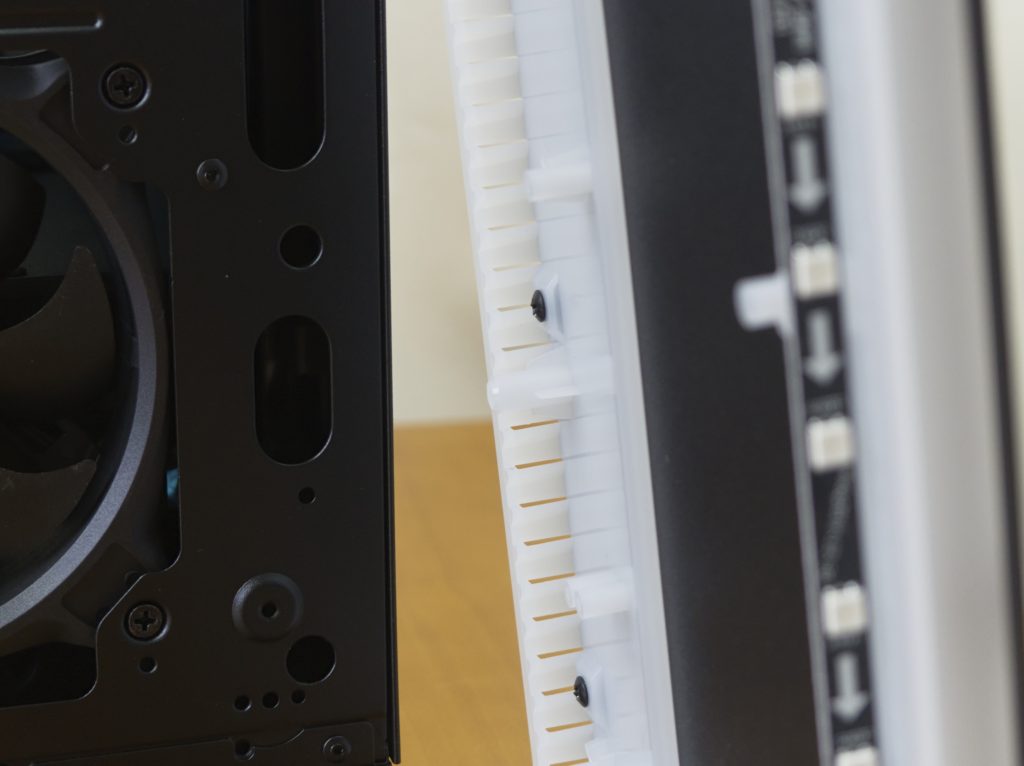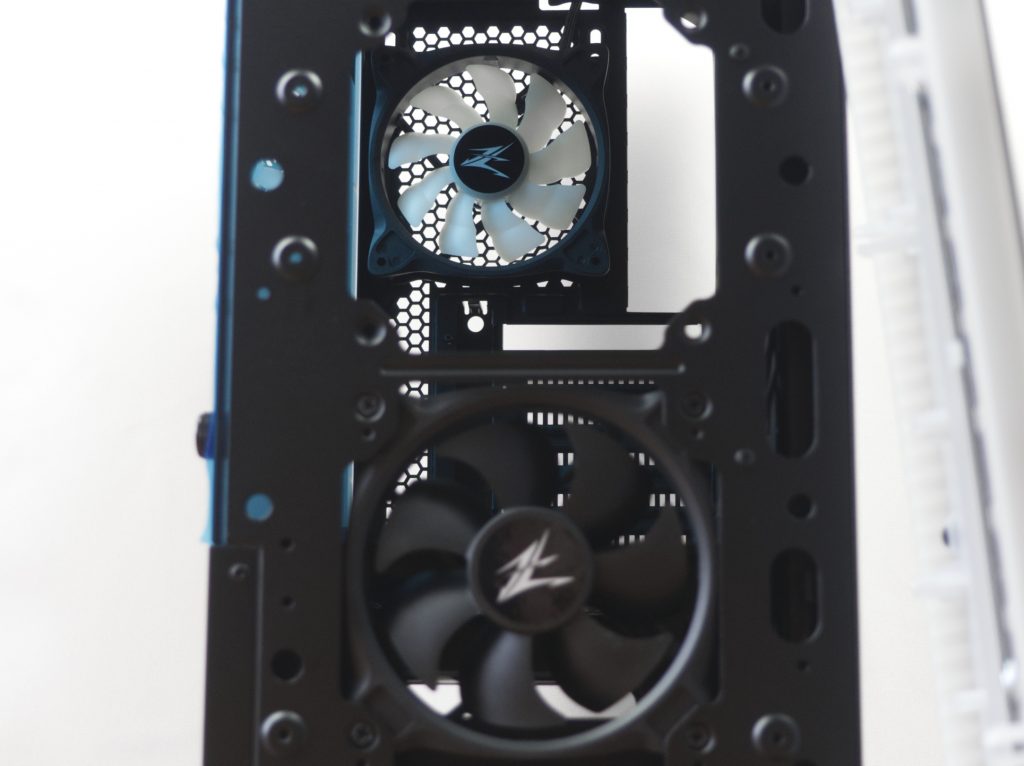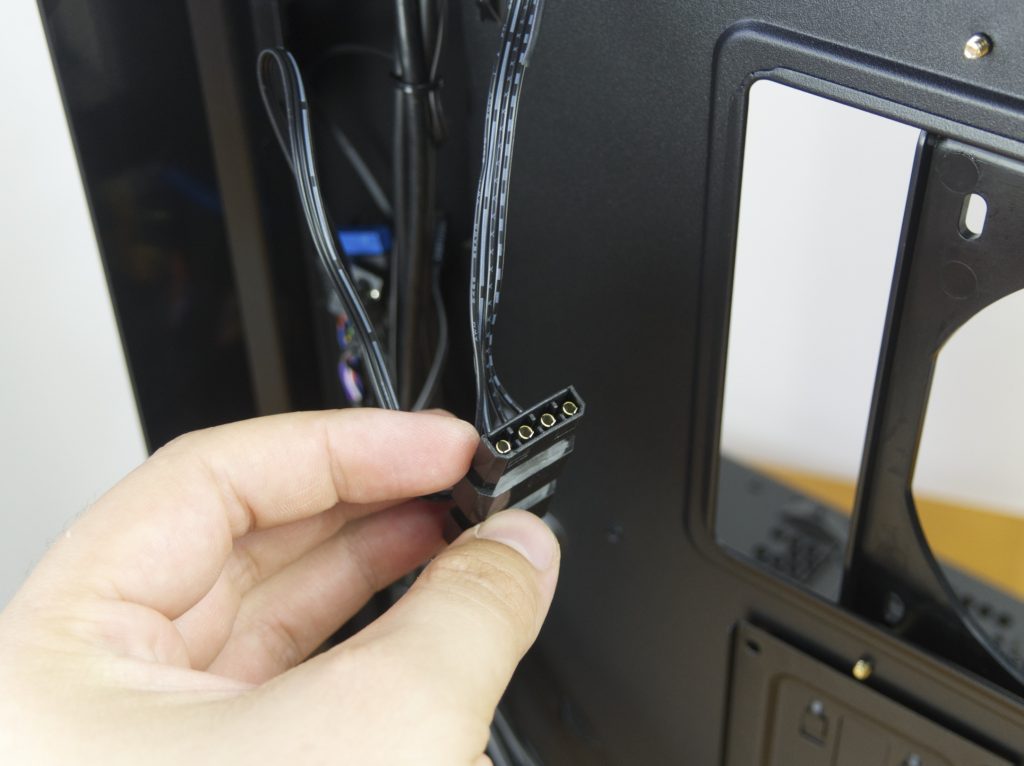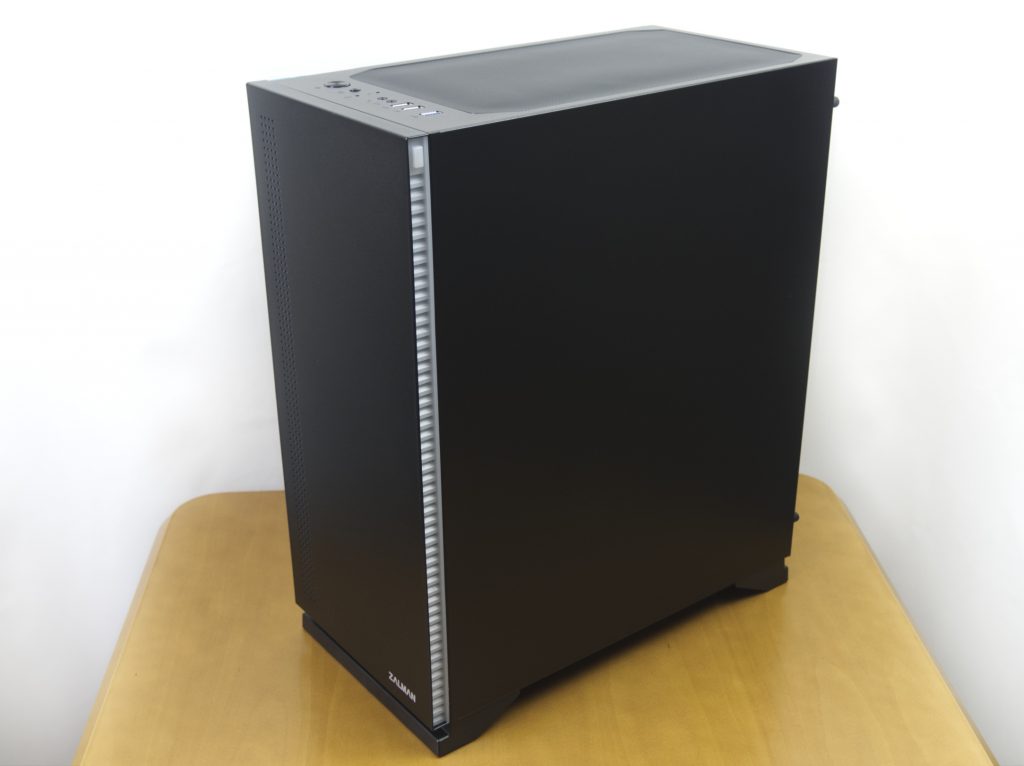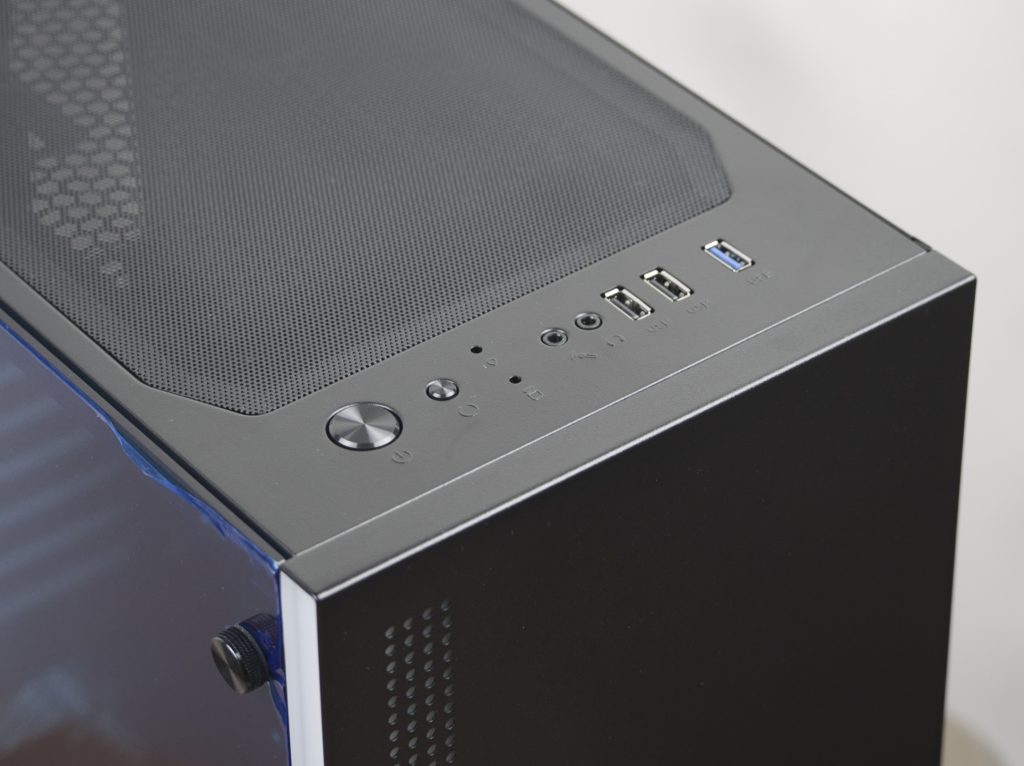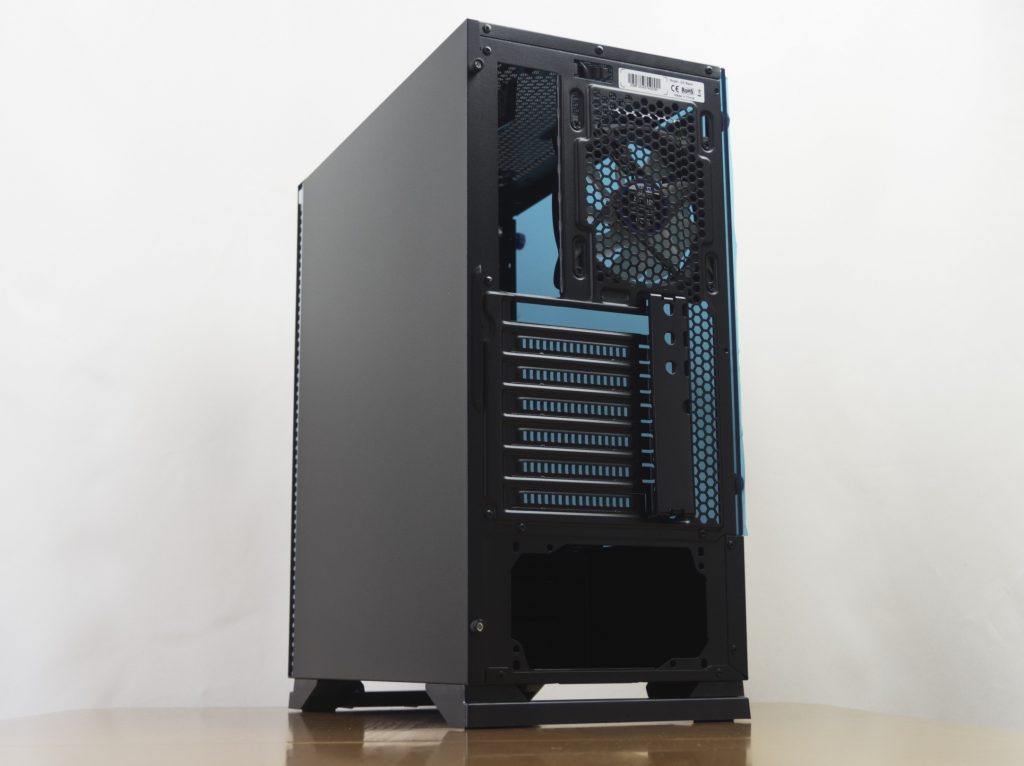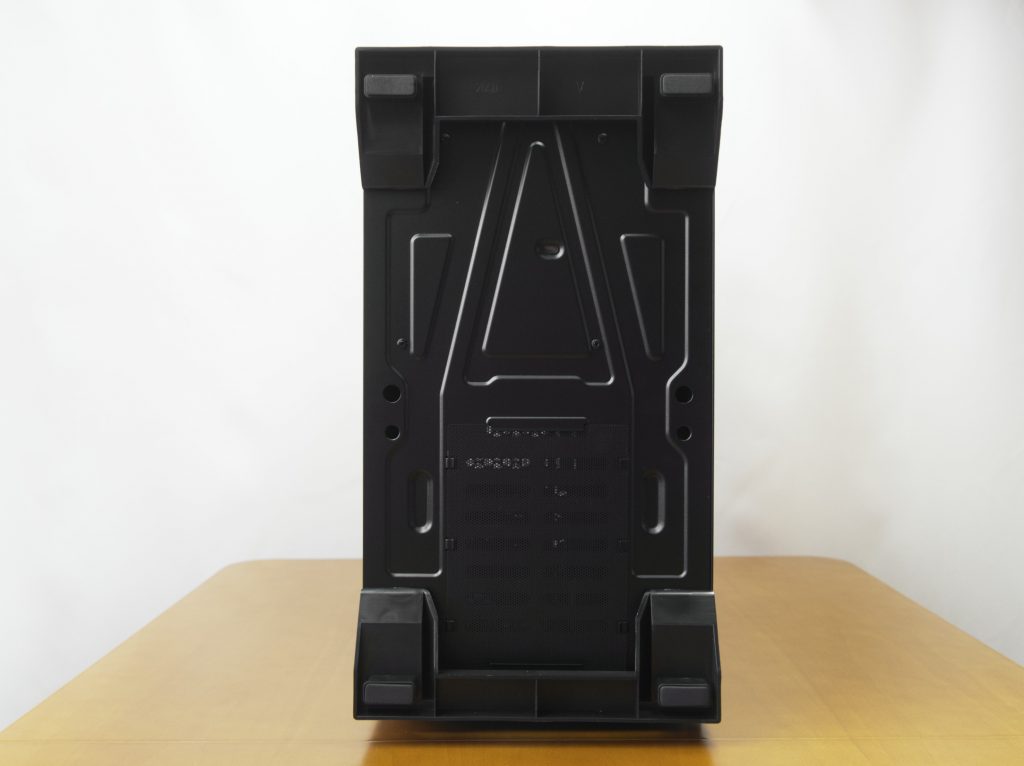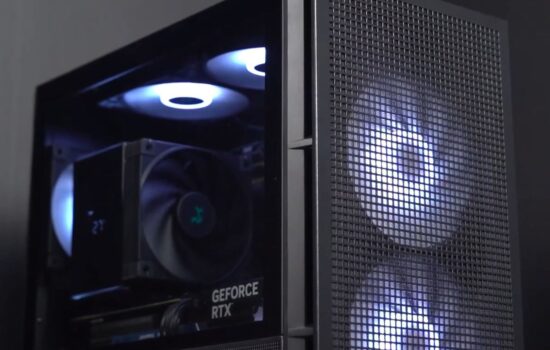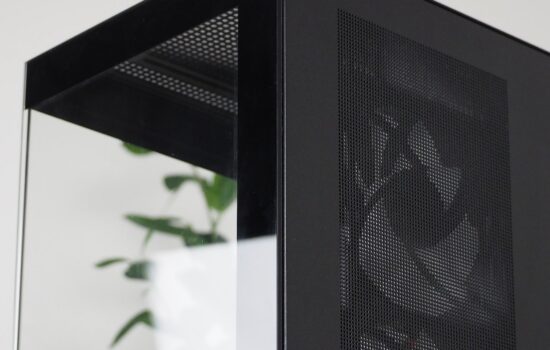Nice-looking exterior
Many of you know Zalman as a manufacturer of cheaper computer cases. In today’s review, we have chosen the S5 from this company. It got into my hands thanks to Ľubo, who picked it for his own needs and before he uses it, I will carry out a little autopsy of it. This was also the original intention, to make a general overview and compare with the price-equivalent Chieftec Hawk or MSI Forge 100M cases, which we have already tested.
Basic specs
| Parameters | Zalman |
| S5 | |
| Supported motherboard formats | Mini-ITX, mATX, ATX |
| Supported PSU format | ATX |
| CPU cooler | up to 163 mm |
| Graphics cards | up to 340 mm |
| Fan | 2× 120 mm |
| Supported liquid radiators | 2× up to 240mm |
| 2,5" positions | 4 |
| 3,5" positions | 2 |
| 5,25" positions | none |
| Dimensions [H/D/W] (and volume) | 465 × 398 × 212mm (39,2 l) |
| Weight | 5,8 kg |
| Materials | steel + ABS plastic + tempered glass |
| Connectivity | 1× USB 3.0 + 2× USB 2.0 + 2× 3,5mm jack |
| Approximate price | 45 € |
Nice-looking exterior
The case will surely please those who like to remember the old days. The accessories include a small speaker of error messages to the motherboard, which is often no longer present. Other things like instructions, cable ties or screws are a matter of course. Only a small cloth for glass is unconventional.
The build is made of steel sheets, plastic and tempered glass with a thickness of 4 mm. This is already a usual base for a lower price range. I did not expect any miracles, but after pulling the case out of an ordinary box with a print, I realized again that even a cheaper case can look dignified.
However, if you start to pay attention to details, you can also notice such flaws as overfilled glue on the screws that hold the tempered glass. Or places where there is no glue and the rubber seal stands out. In any case, these screws are noticeably firmer than they were with the Antec DP501 and will certainly not break apart during normal manipulation.
The left-aligned vertical perforation on the front panel is noticeable. While it may seem to be used to supply cold air into the inside, it is not. It is a purely aesthetic matter, through which brightly colored lighting shines through. Removing the panel from the structure goes down like butter, so there is no need to worry that you will use too much force and damage the cables connected to the RGB LED.
Also, the contrast of the white color (light guide) to the black metal plate on the side behind the front panel is only an ornamental matter. To the right of this point, however, are the suction vents, about the size of millimeters. But there are no dust filters, which is not exactly on point. However, Zalman does not include dust filters in the low-end in the long run, which is a shame.
The view across the case reveals two 120 mm fans with hydraulic bearings, the rear one with RGB LED lighting and the front one without lighting. The lifespan of the fans is said to be 30,000 hours, which is the lower bound of what we’re used to see. But this is common in this class, you just have to take that into account. However, it will be more interesting how they perform in the tests, as they have no possibility of speed regulation. Their speed is fixed at 1,100 rpm (± 10%). This is because a 4-pin Molex is used for power supply. Mention should also be made of the possibility of expanding with additional fans, if necessary, it is possible to place two more 120-millimeter ones for suction.
The right side is something special and I wonder if your attentive eye will notice why. I admit, it escaped my attention the first day. It is a white button above the intake vents that changes various preset RGB lighting modes. There are 17 modes, including the lights off, so you are guaranteed to choose your favorite.

There are three USB connectors on the top, one of which is the 3.2 gen 1 (5 Gbps) standard. Other active features are a 2× 3.5 mm jack, reset and power buttons. Two small HDD and Power LEDs are also present. They have a relatively high brightness and the light is sharp and disruptive when viewed from vertically. However, the LEDs are recessed quite deep below the light guide, so at a greater angle there is enough dimming so that they do not disturb you.The dust filter on the top panel is not used for suction and only prevents the leaking of dust (and other small things) by gravity, so it doesn’t matter so much. It is important that the magnetic filter fits firmly and precisely in the tray.
The back is standard with mounts for 120 mm fans and, of course, the I/O shield of the motherboard and the expansion cards covers, one of which is already free, cannot be missing. If you do not plan to use any expansion card and want to cover it, you can use the replacement cover provided. The covers on the case are otherwise breakable and are not expected to be placed back. And finally, at the bottom is the position for the power supply with a supported length of up to 190 mm.
The case stands on four rubberized feet, which create enough distance for the supply of cold air to the power supply. It is protected by a fine dust filter, which is attached to the sides with ordinary latches.





